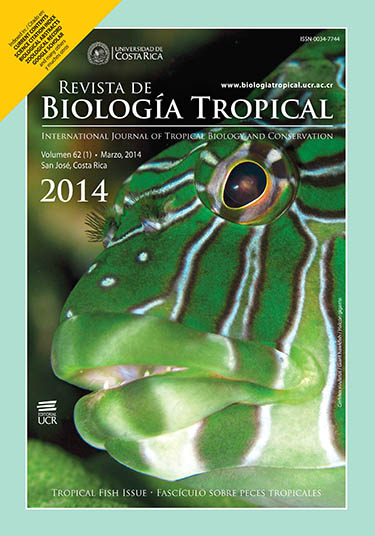Abstract
Colombia is a megadiverse country, but with a substantial gap in the taxonomic and ecological knowledge of fungi and lichens. Thus, the objective of the present study was an ecogeographical analysis of the Sticta species in Colombia. The data included macrodistribution (with respect to mountain ranges and life zones) and microhabitat preferences (light, substrate) and were obtained from field work and herbarium collection labels (completed by comparison with modern geographic and vegetation maps), for 103 species of Sticta currently recognized in Colombia (plus seven additional biotypes with different photobionts or reproductive mode). Using non-metric multidimensional scaling (NMS), correlations between ecogeographical variables and species were established, and ecotypes were delimited. Colombian species of Sticta showed distinct distribution patterns relative to altitude, mountain ranges, life zones, as well as light exposure and substrate, forming several distinct groups. Cyanobacterial species tend to have wider distribution ranges than green algal species. We concluded that the orogeny of the Northern Andes substantially affected speciation of the genus Sticta and its ecogeographical differentiation.##plugins.facebook.comentarios##
Downloads
Download data is not yet available.






